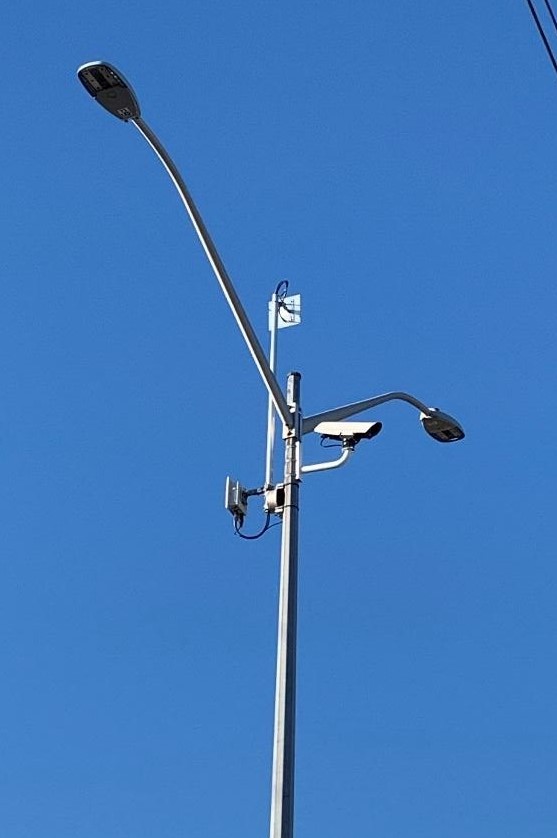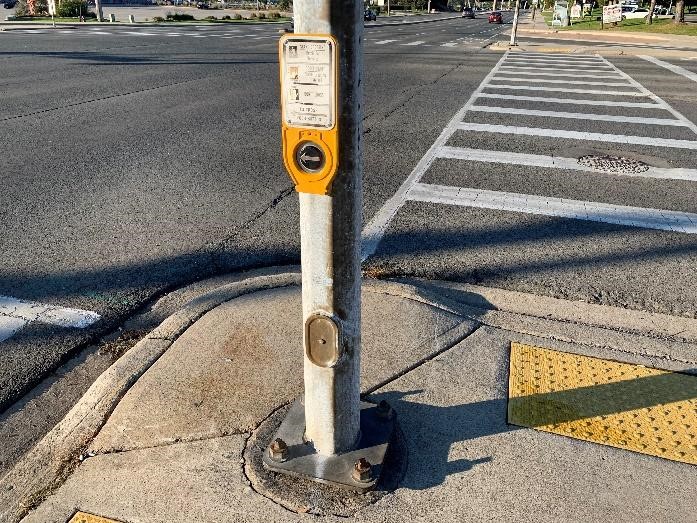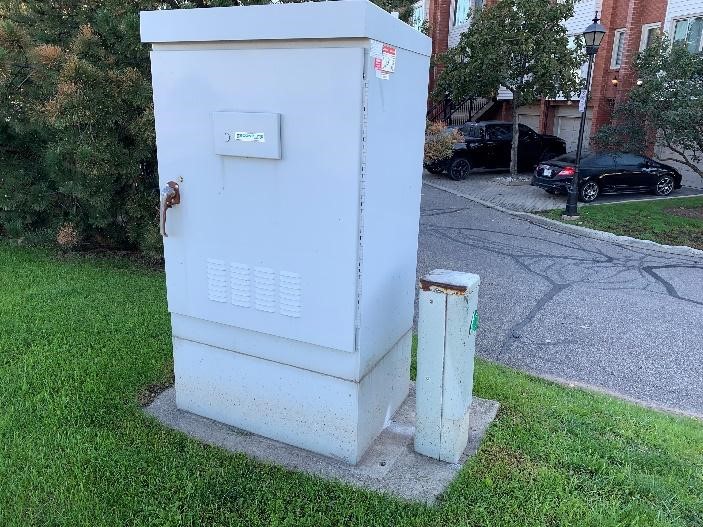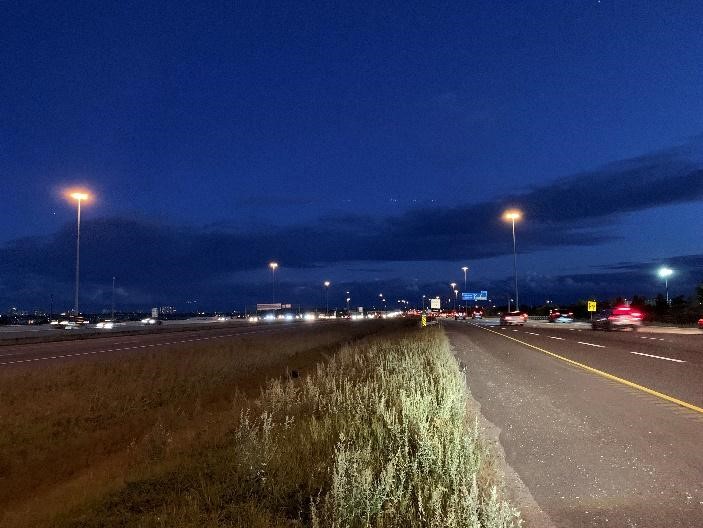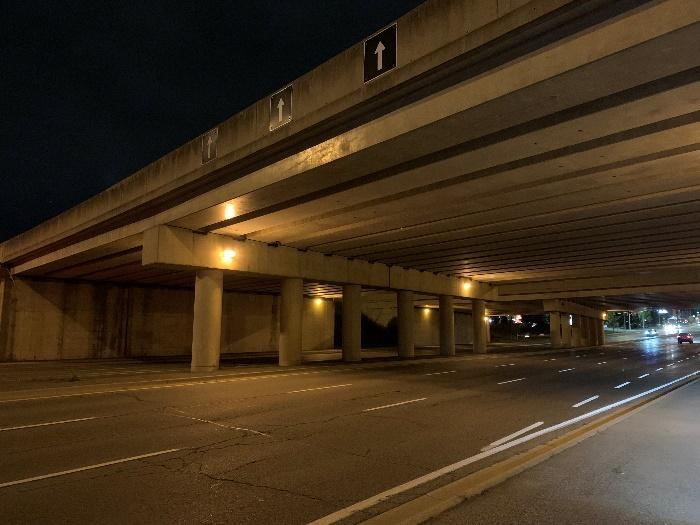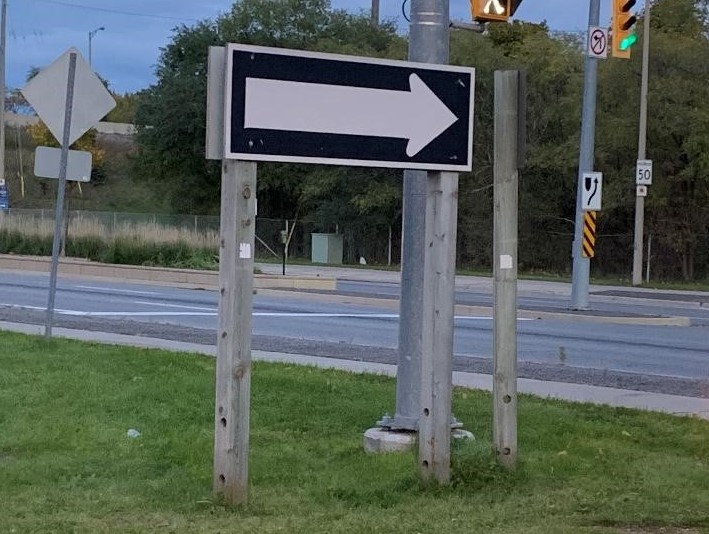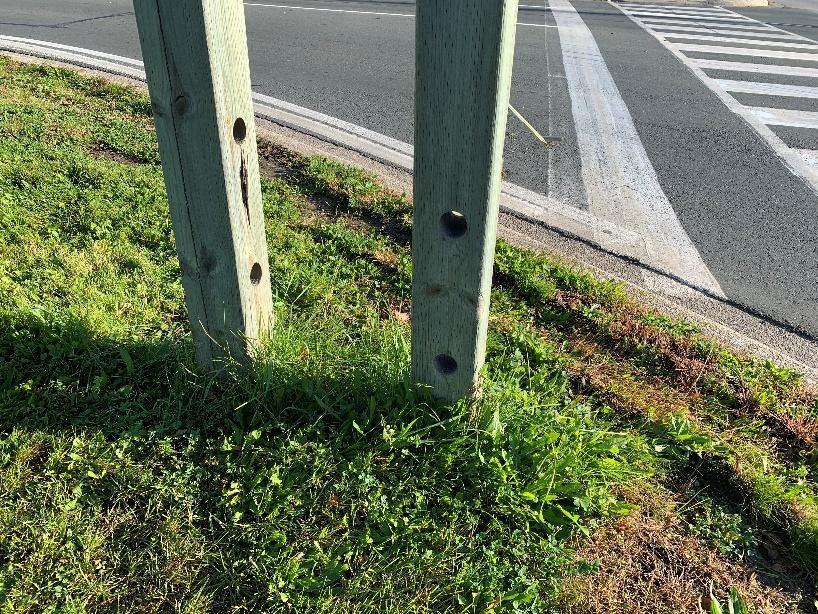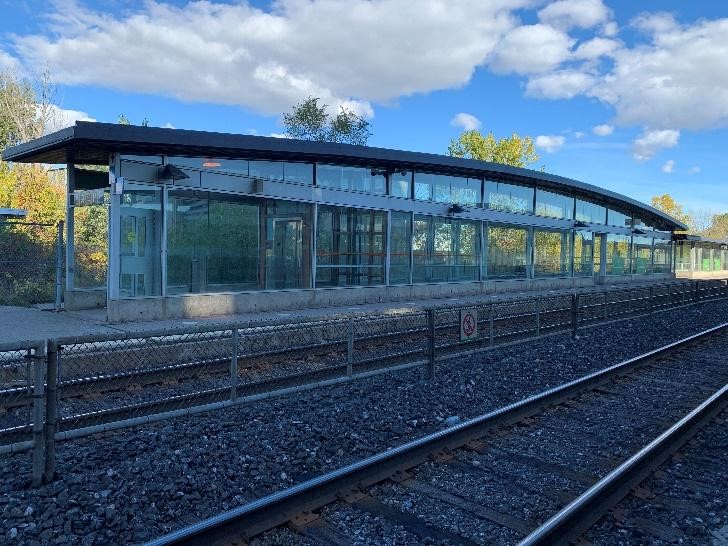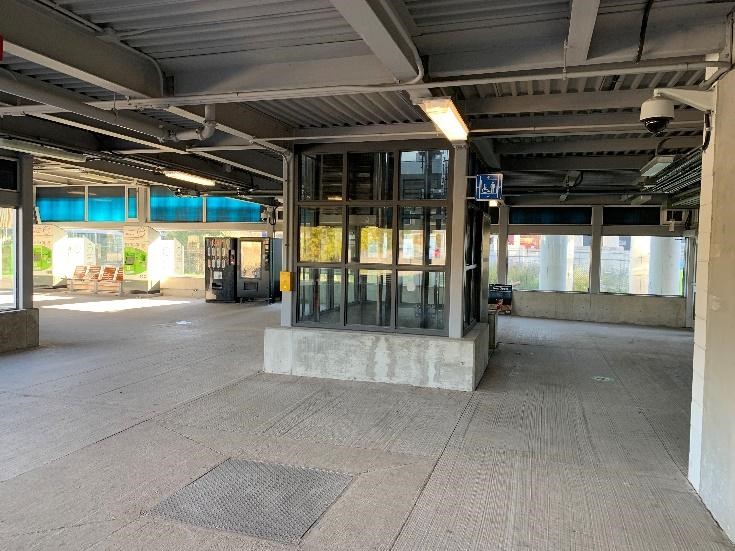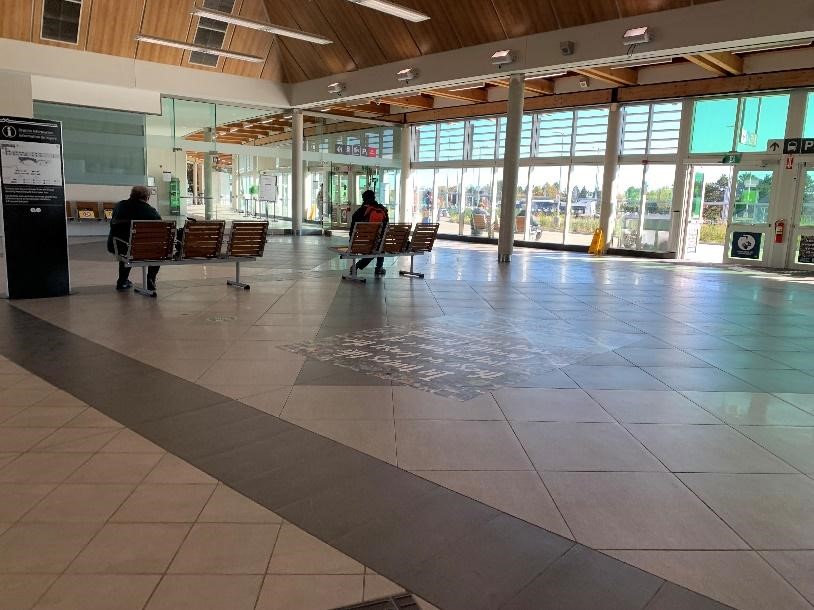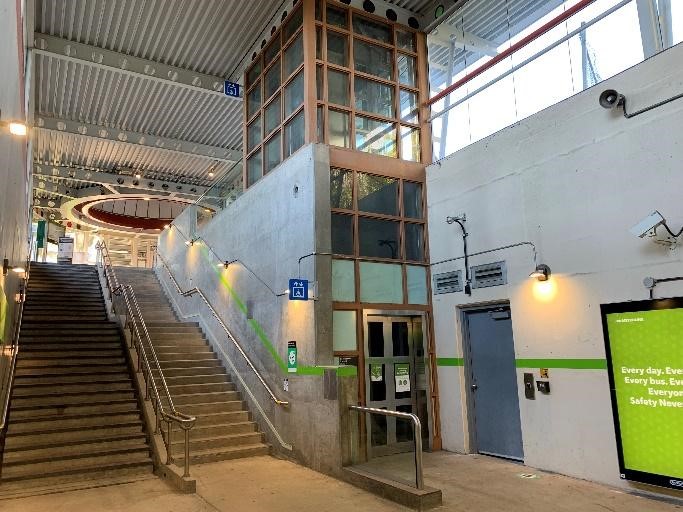Engineers try to think of everything when designing and building things. Sometimes we miss our targets, but often, you’d be surprised what went into the smallest of details of everyday infrastructure that many users don’t think about.
- Intelligent traffic intersections
Signalized traffic intersections are a great example of complex engineering behind the scenes. When everything works, you don’t even notice. When something breaks down, traffic becomes a mess. Every intersection is different depending on traffic volume, proximity to highways, or to a mall, fire station, school, or residential neighbourhood. To customize the performance of an intersection based on the behaviour of traffic requires a lot of programming for the traffic lights (see Figure 1).
All intersections are managed by a control panel (the brain) located in an equipment box near every intersection. It houses the hardware and programming that cycles the traffic lights based on predetermined timings AND on inputs from sensors that can tell if a car is waiting in the left-turn lane (for example) or if a pedestrian needs to cross (see Figure 2).
Next time you drive through an intersection, try to take notice of all the different equipment managing your safe passage. And keep one eye on the road!
2. Highway lighting
Most street and highway lighting, you’ll notice, has an orange tint. Deliberate decision? Better optics for drivers at night? Think again. Orange lights are cheaper.
What gives them that orange glow is the type of fixtures used — sodium vapor lights. This technology developed in the mid-20th century became very common in the 1980s, making lighting more cost-effective and power-efficient. The glass bulb houses a piece of solid sodium that vaporizes slowly when the light is turned on. Burning sodium doesn’t generate the full spectrum of white light. Its bandwidth is narrower, excluding infra-red and ultra-violet light, resulting in that orange tint (see Figure 3). This makes for more efficient lighting, consuming less electricity than previous lights, but is still much more powerful than the lights you have at home.
These bulbs are the dominant technology lighting roadways all over North America. The latest technology, of course, is LED (light emitting diodes) lights, which are even more efficient (incredibly) in terms of power consumption and emit a pure white light. LED fixtures, however, were MUCH more expensive until recently. Now that they have become more competitive, cities are starting to invest in this newer technology. The City of Burlington is completely lit by LED streetlights. Recent Ministry of Transportation of Ontario (MTO) highway projects are also garnished with white LED fixtures (see the 403/QEW interchange in Oakville).
3. Holey signposts
You may have noticed driving down the highway or around highway interchanges signs on wooden posts with holes near the bottom (see Figure 4). If you haven’t, take a look (keep your eyes on the road!). Although the posts are made of wood, they can cause significant damage to a vehicle and its passengers in the event of a collision. The holes at the bottom of the signposts control the location at which the posts break, reducing the damage risk to the vehicle and its passengers.
Everything along the sides of a highway is designed with the potential of a vehicle losing control and colliding with it — signs, barriers, guardrail, bridges, culverts…
4. Criminals beware
Have you ever noticed the large amount of glass used in public transportation facilities? Glass is more expensive to install and maintain, and harder to keep spaces air conditioned, so why use so much of it? The reason is to increase visibility for users of these facilities and to deter criminal intentions. If you put yourself in the mindset of a potential criminal, you’ll notice that it’s very hard to find a place to hide and surprise a potential victim because of this increased visibility (see Figure 5).
This deliberate philosophy of design is called Crime Prevention Through Environmental Design (CPTED — pronounced “sep-ted”) and originated in the 1960s to reduce the risk of crime in public spaces. One of its main principles is maximizing visibility, making sure that no one at any time is hidden from view or isolated and vulnerable to crime (see Figure 6).
Older facilities and buildings don’t necessarily consider this. Think of the old train terminals in movie scenes, where a sniper is hidden up in a balcony or behind a large column…not so easy anymore.
A lot of thought goes into just about everything that gets built, whether through engineering analysis and forethought or through good old fashion trial and error as we try to make things better. Keep your eyes on the road and stay safe!
Have you seen an interesting building or piece of infrastructure in or around Burlington that you’d like Eric Chiasson, your personal engineer, to write about?
Send us your suggestions, comments, or questions to articles@local-news.ca and we’ll see what Eric can find out!
Sources:
Energy Star. Learn About LED Lighting. Url: https://www.energystar.gov/products/lighting_fans/light_bulbs/learn_about_led_bulbs (accessed Nov. 9, 2021).
Larson Electronics. Oct. 25, 2018. How Street and Industrial Lights Get Their Orange Color. Url: https://www.larsonelectronics.com/blog/2018/10/25/led-lighting/how-street-and-industrial-lights-get-their-orange-color (accessed Nov. 9, 2021).
LED Lighting Info (website). Oct. 3, 2021. Why Are Street Lights Yellow and Not White? Url: https://ledlightinginfo.com/why-are-street-lights-yellow-and-not-white (accessed Nov. 9, 2021).
The International Crime Prevention Through Environmental Design Association. Homepage. Url: https://www.cpted.net (accessed Nov. 9, 2021).
For more information on the author: https://www.linkedin.com/in/eric-chiasson-10601082



